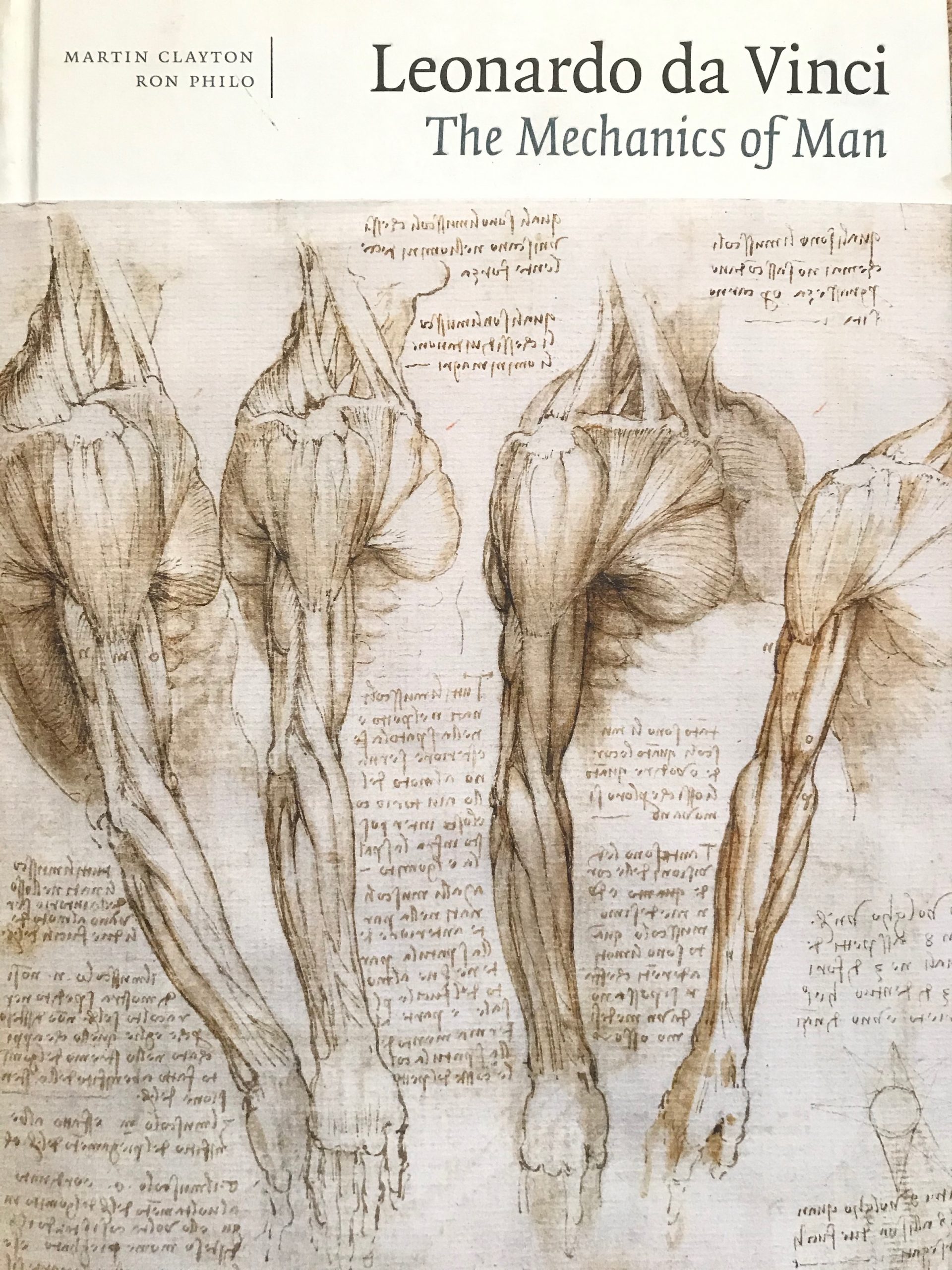
Winter in Sonoma and Napa Valleys is a beautiful balance between rest and activity. We who live here are grateful for our homes and our gardens. Nature is such a large part of life in these Valleys. We know that the vines are resting all around us. This visual and economic reality provides inspiration and sets the cadence of our days. Also, gifting us with an ever-present reminder of the seasons in our lives.
As someone who circles around many lovely properties, large and small every day, I’d like to highlight the oak trees which are abundant in the Sonoma and Napa Valley. These beautiful trees surround and add much to the homes, land and views. In addition, I share with you how to re-use the oak galls which fall from these trees. Following is a short video on how to gather and make your own ink from the galls which can be found in abundance under or around the branches.
First let me share a few noteworthy examples of the oak woodlands around estates, appreciated in landscaping and on the land.
Sonoma and Napa Valley oak trees across all seasons:
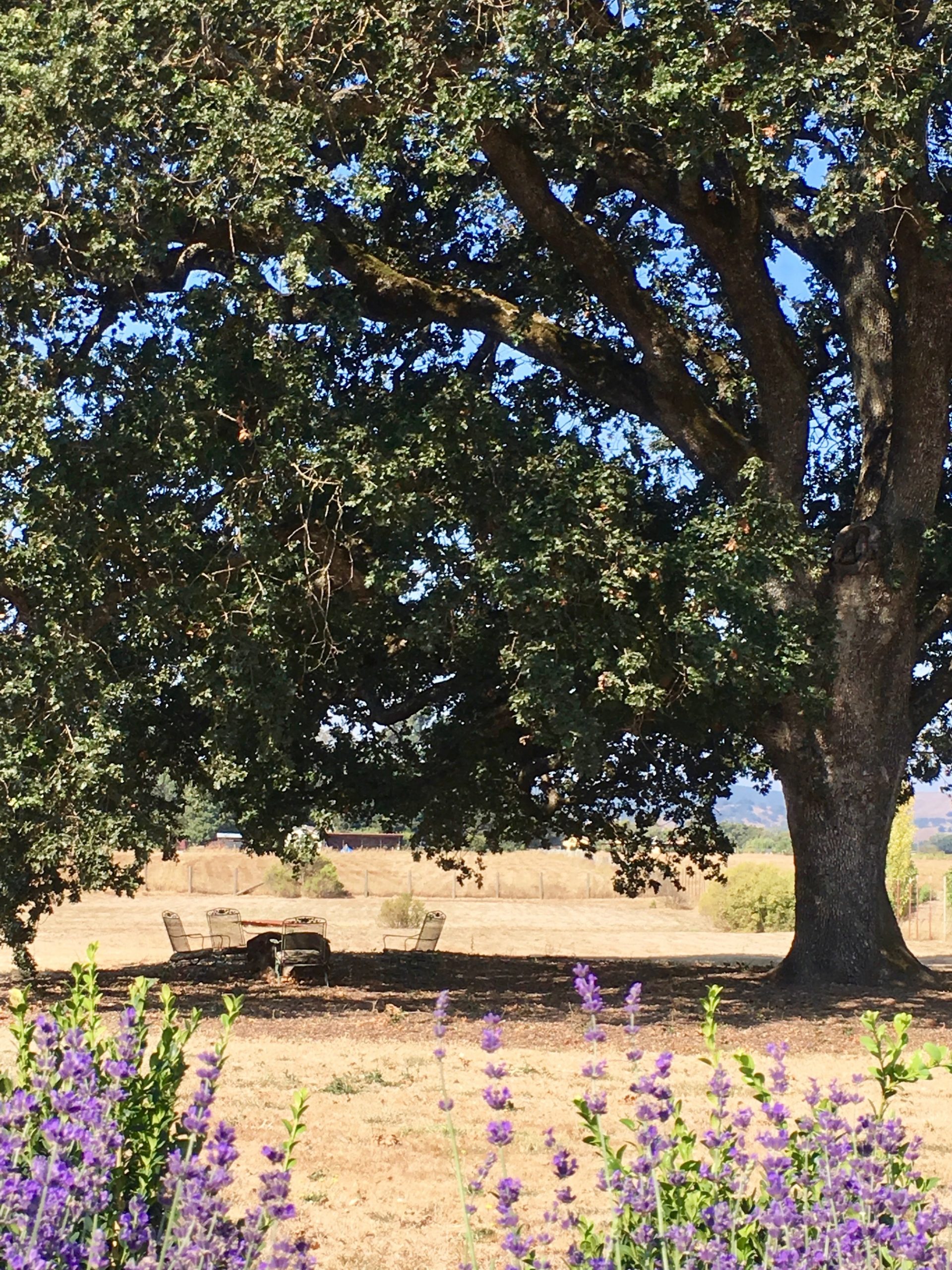
An inviting spot for a moments summer respite under the reach of these branches which so exquisitely provide shade on the land.
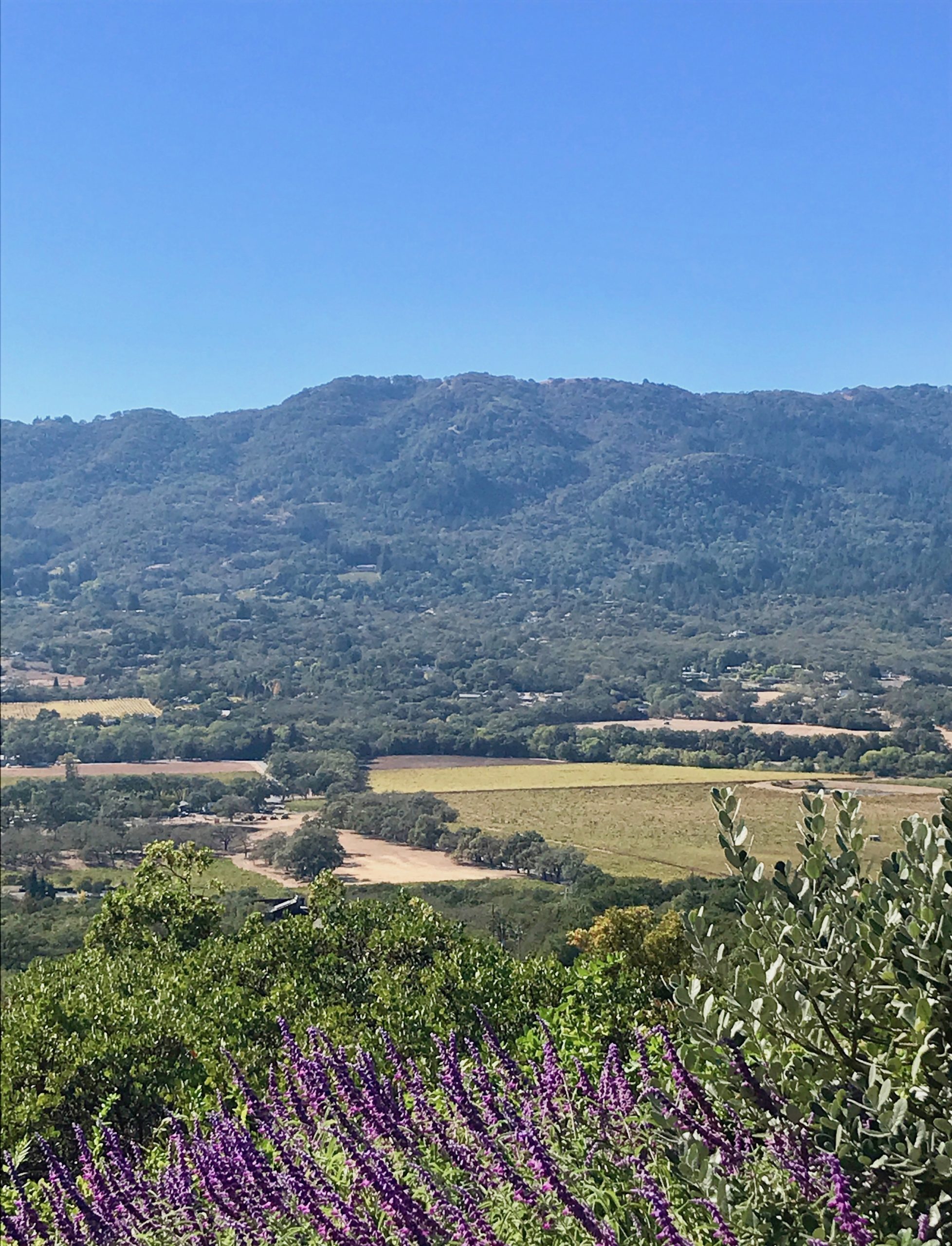
View of Sonoma Valley with oak trees on the valley floor and hills.
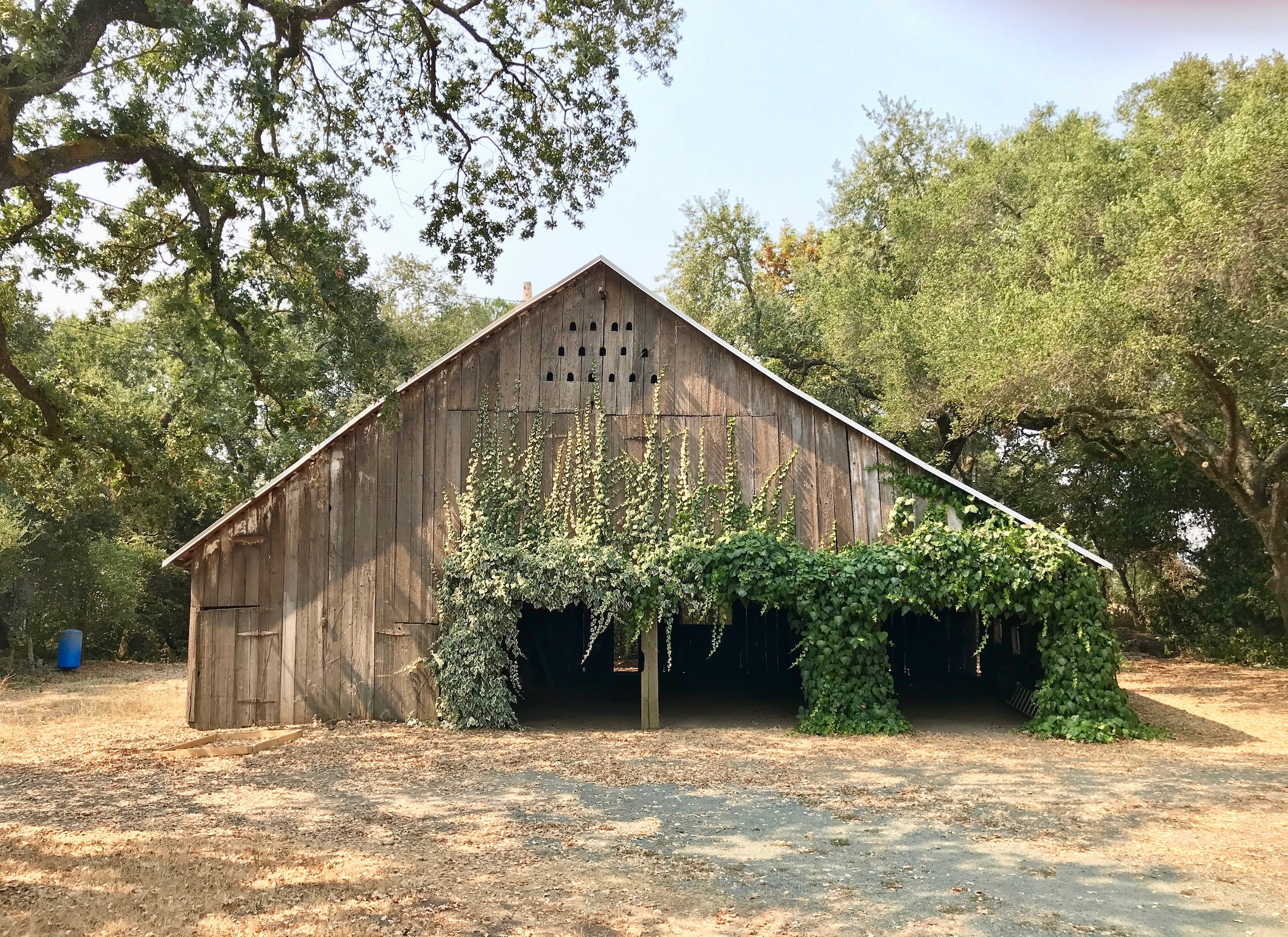
Handsome barn with a few mature trees.
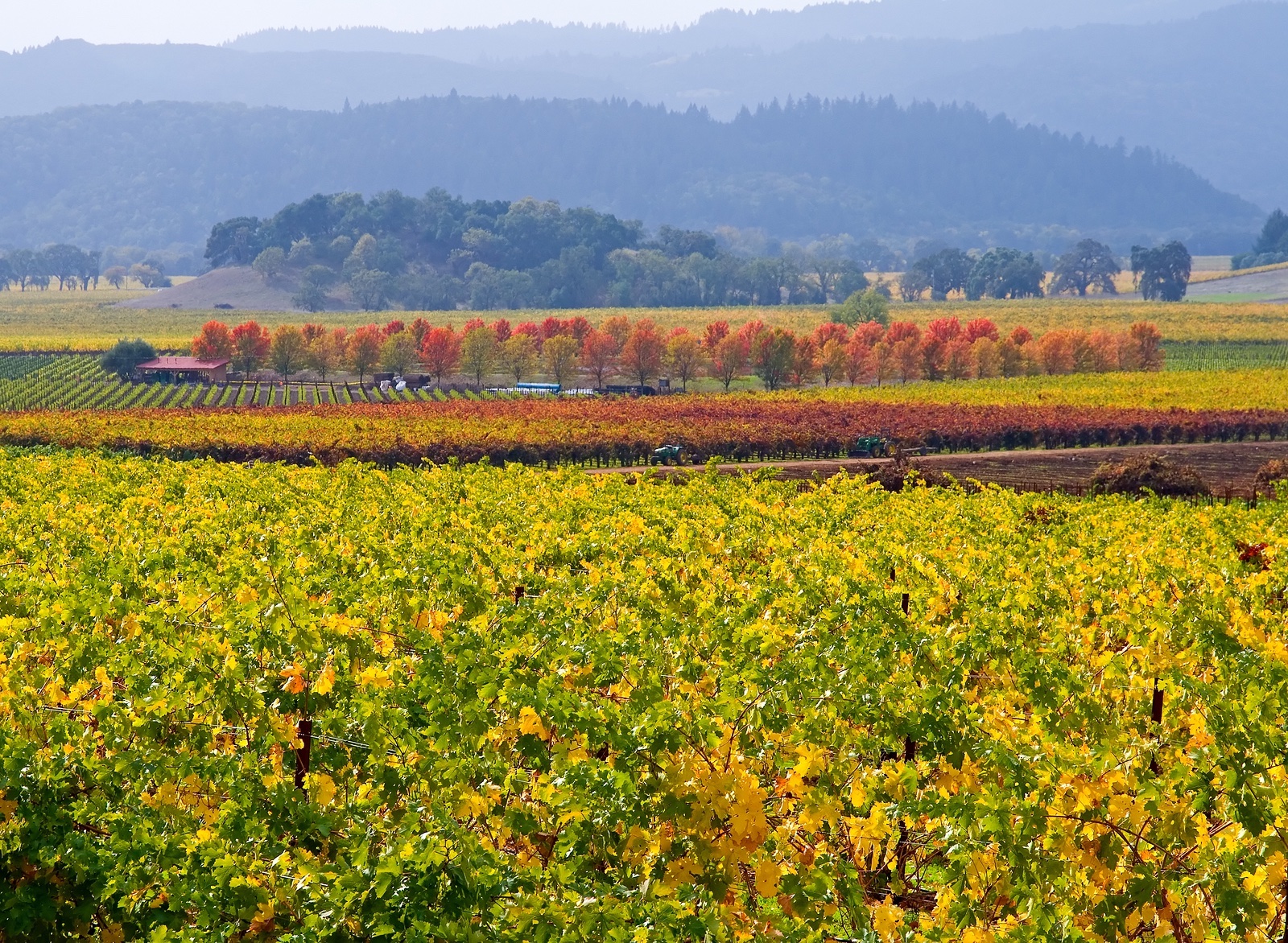
Fall in Napa Valley with oaks in the distance.
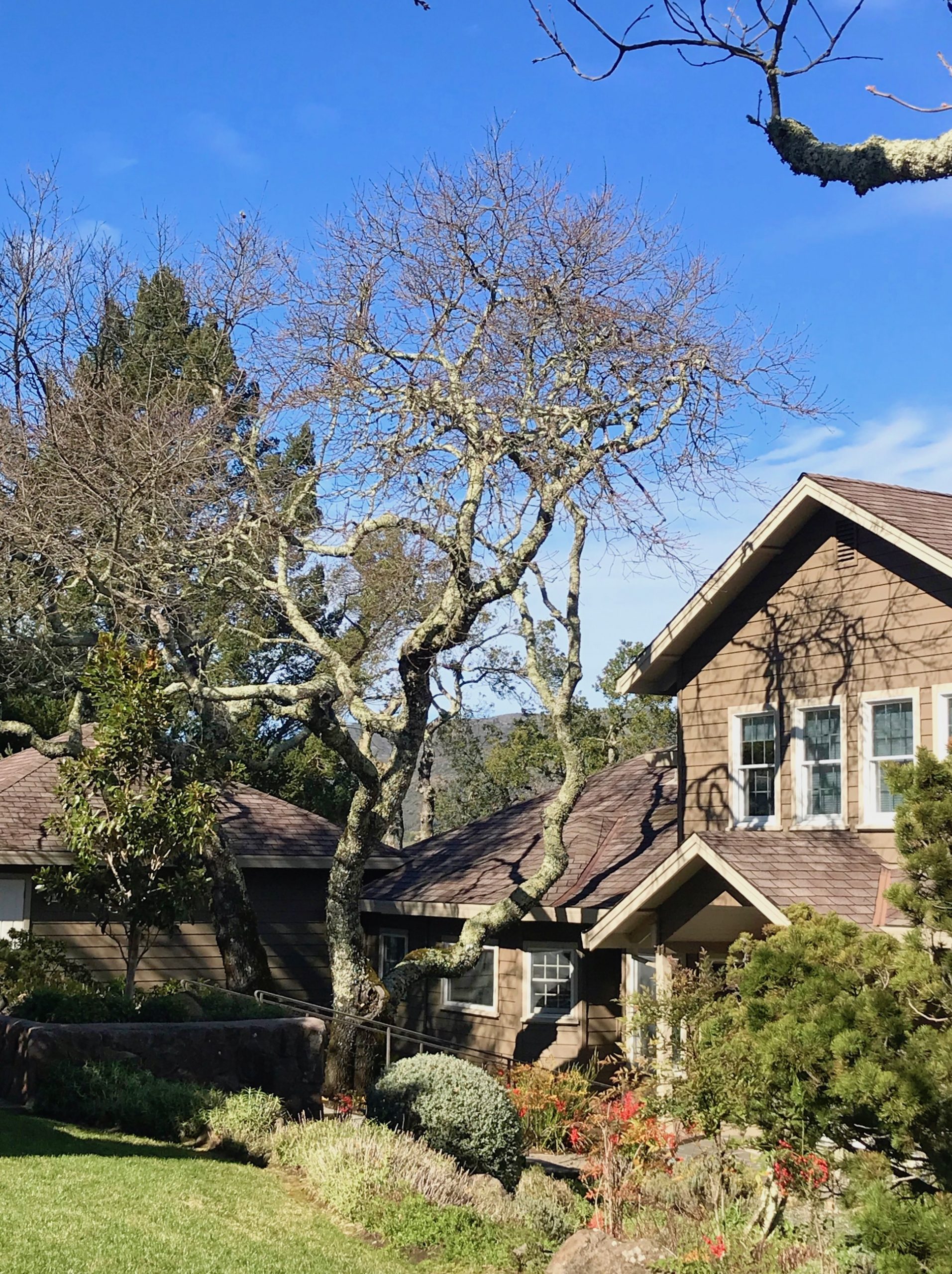
A lovely estate with a graceful oak welcoming all as they arrive.
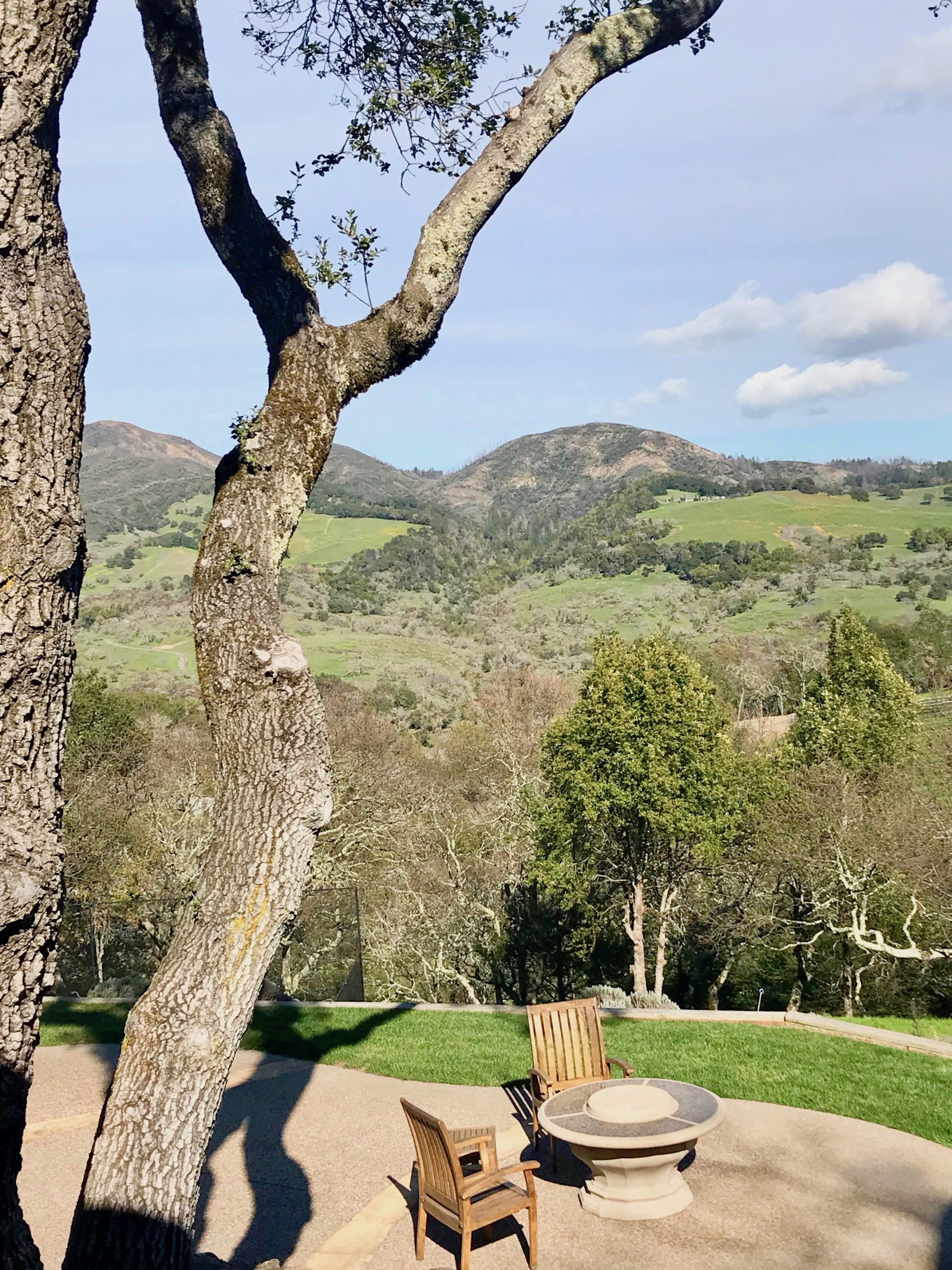
A simple place with an abundance of vistas and fresh air. The perfect location to take in the winter sunshine with a friend.
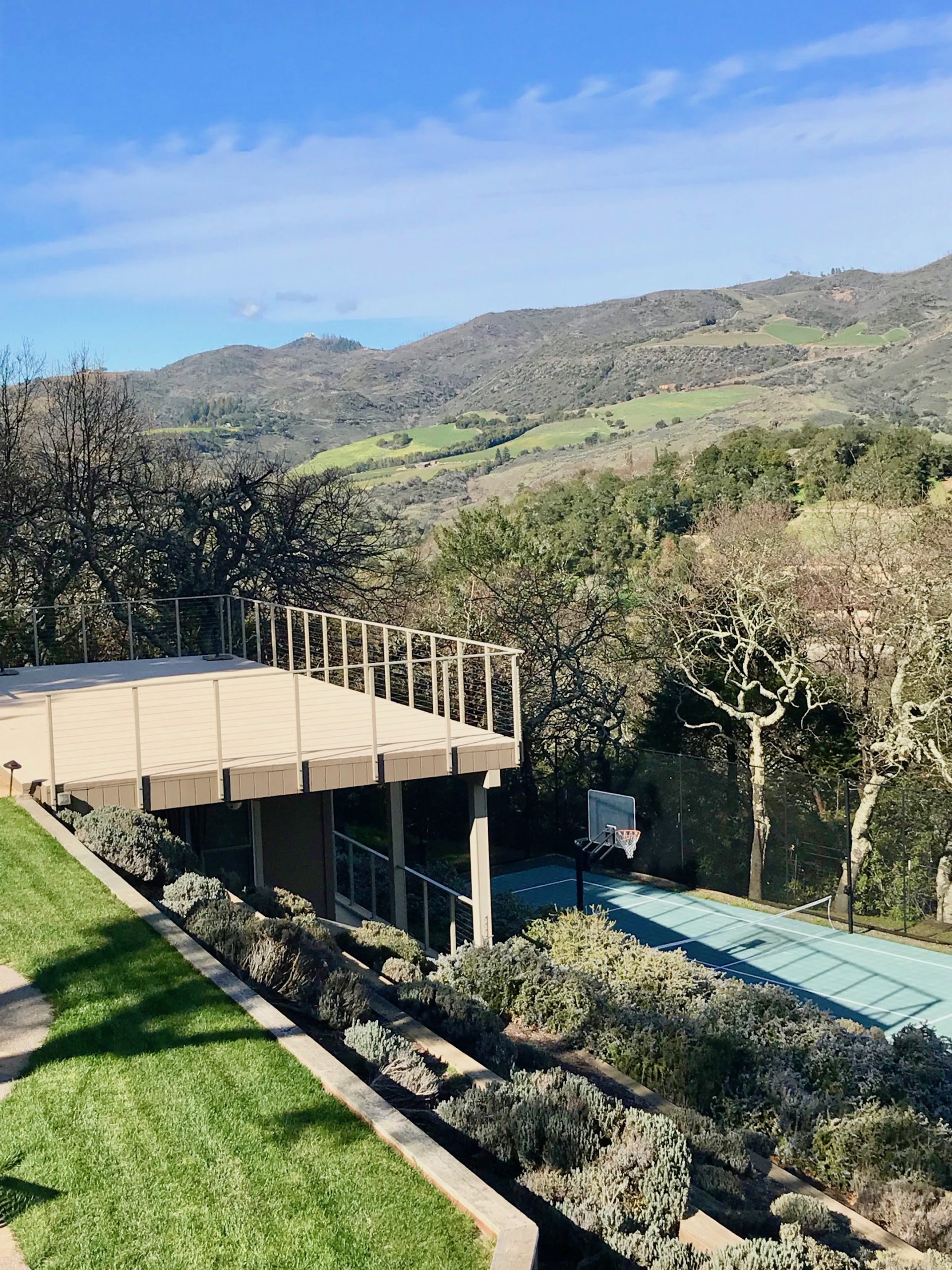
This property is perfectly complete with a guest house and inviting sport court overlooking the Valley, offering both privacy and a breathtaking view.
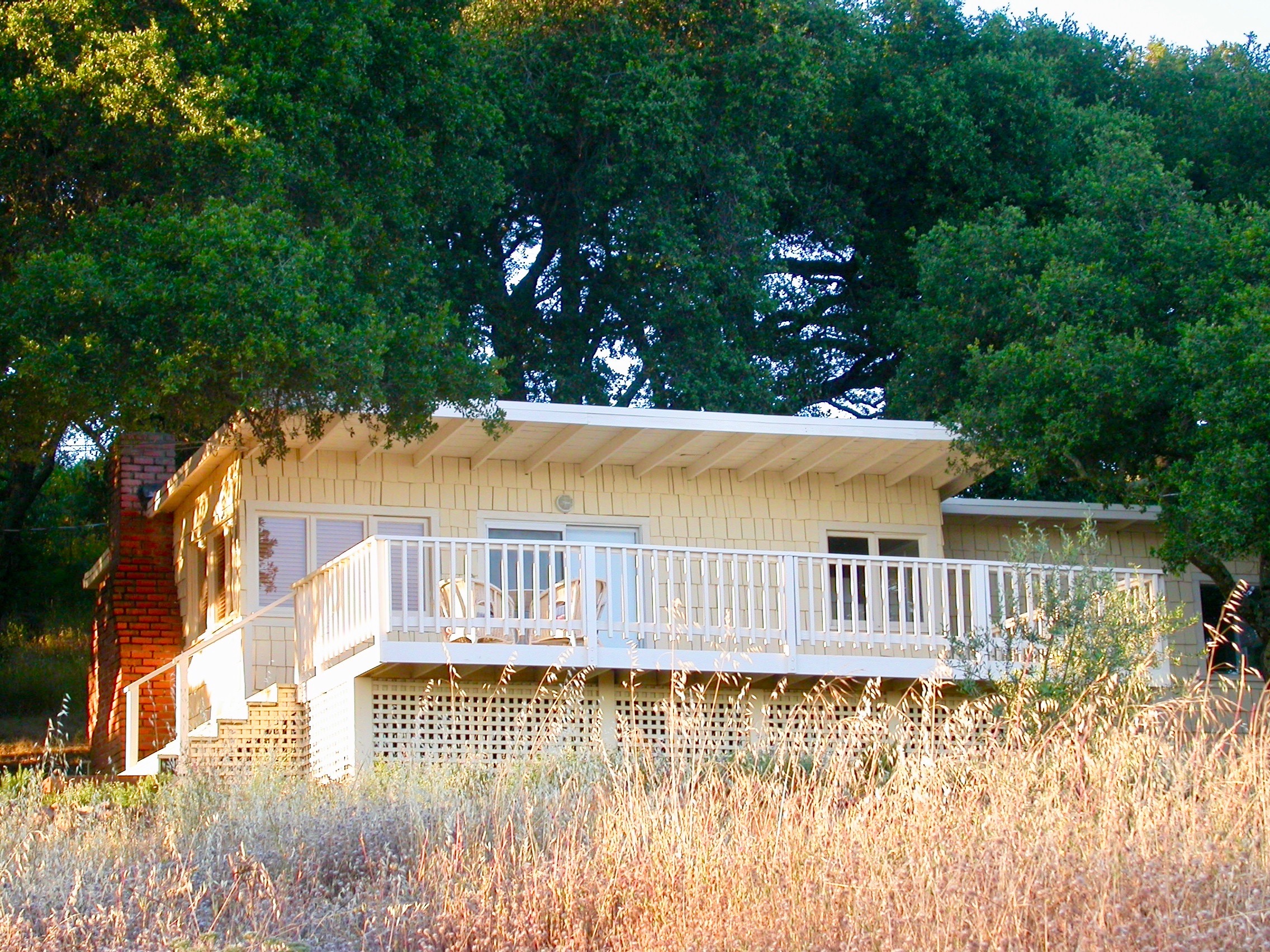
A cozy cottage is nestled in the hillside with the trees protecting the patio behind, then framing the views to San Francisco and beyond.
The history of oak trees and their oak galls tells us that Renaissance artists collected the galls and created a rich ink for writing and painting. Oak gall ink is derived from an organic growth on oak trees caused by a parasite wasp which lays its eggs on the bark. Similar to what was used in the past, oak galls can be found today around the base of most oak trees.
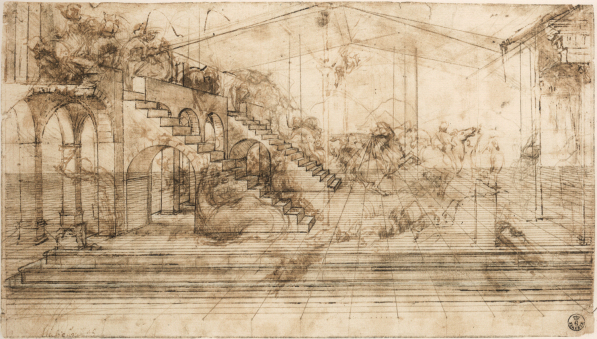
This original drawing by Leonardo da Vinci is said to have been crafted using iron-gall ink, which is a slight variation of the recipe I share in the video below.
Also, the Leonardo da Vinci book “A Closer Look,“ describes how Leonardo used iron-gall ink for his drawings, a pigment made from oak galls and iron salts that becomes transparent under infrared reflectography (IRR). It is thought that the paintings and drawings of Durer, Rembrandt and Vincent van Gogh, as well as many score sheets of Bach’s heavenly music, were created with this ink.
This medium is quite simple to make and is a way to reuse, recycle, and get closer to one of the most natural plus authentic parts of these very old trees.
I have used oak gall ink for years. Here is a simple dog painting which was done rather quickly, you can see the depth that this organic material brings to the subject.
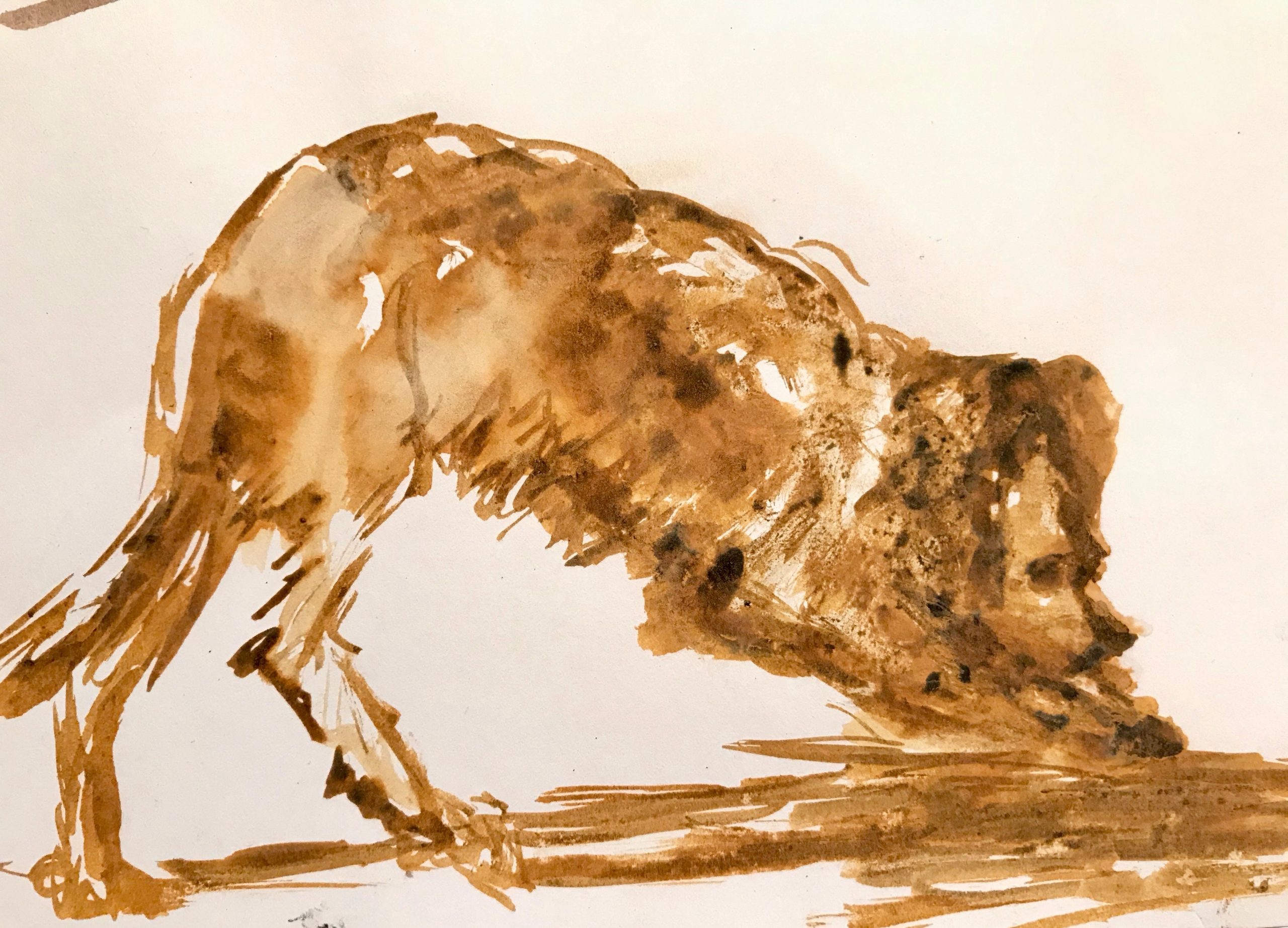
Quite fine pieces of the gall can be seen in the slightly grainy detail of this drawing.
This video shows you how you can make my recipe for oak gall ink at home in just a few steps.
Feel free to call me with any questions or comments on this recipe or your paintings.
For additional information, a book from my library which shows many examples and details about Leonardo da Vinci’s work.
Enjoying the oak trees and making ink is both an activity and and an exercise in nourishing rest. It is my hope that you may spend a few moments among these majestic trees and find the Art of Leisure wherever you are.

